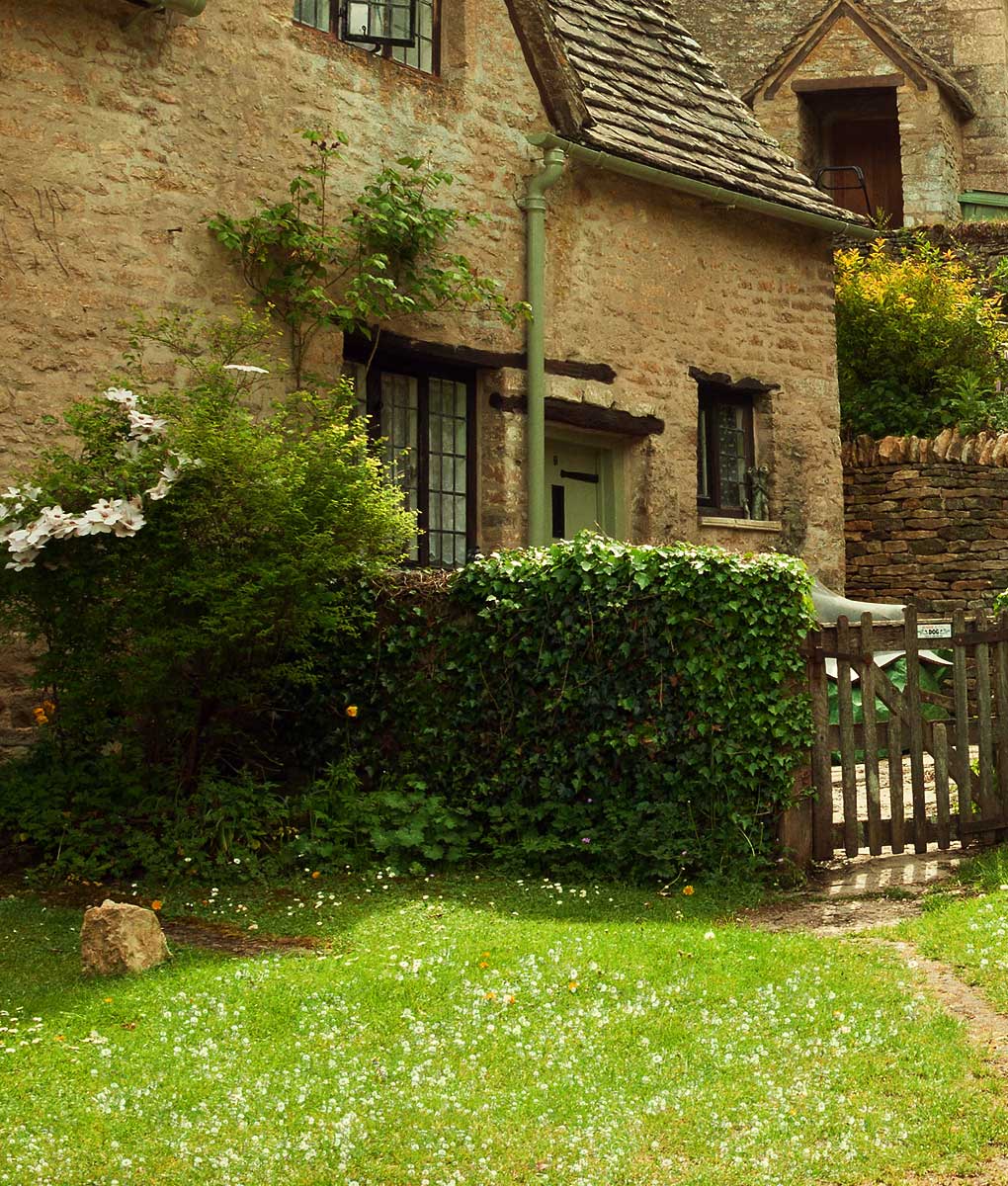Tired of a dull and lifeless lawn? Discover the secrets to finding clover seed and transform your outdoor space into a breathtaking green oasis.
Are you struggling to maintain a lush and verdant lawn, despite all your efforts? Yellowing grass, stubborn weeds, and frequent watering can leave you feeling frustrated and disheartened. But what if there was a solution that could not only enhance the beauty of your lawn but also reduce your workload? Introducing the magic of clover seed!
Clover, a resilient and versatile plant, offers a myriad of benefits for your lawn. Its deep root system helps aerate the soil, reducing compaction and improving drainage. Clover also fixes nitrogen from the air, making fertilizers obsolete and promoting a healthy, eco-friendly lawn. Additionally, clover’s dense, low-growing foliage crowds out weeds, minimizing the need for herbicides. Embracing clover in your lawn not only creates a vibrant and resilient ecosystem but also saves you time, effort, and money in the long run.

## Finding Clover Seed: A Comprehensive Guide
Finding the right clover seed for your lawn is crucial for success. There are two main types of clover commonly used in lawns: white clover and microclover. White clover, with its larger leaves and white flowers, is a traditional choice for lawns. Microclover, a smaller and finer-leaved variety, offers a more refined look and is ideal for low-maintenance lawns. Depending on your lawn’s size and conditions, the amount of seed you’ll need will vary. As a general guideline, aim for 1 pound of seed for every 1,000 square feet of lawn.
## Where to Find Clover Seed
Once you’ve determined the type and quantity of clover seed you need, it’s time to source it. Clover seed is widely available at garden centers, hardware stores, and online retailers. However, not all seeds are created equal. Look for reputable brands with high-quality seed that is free from weeds and other impurities. Reading customer reviews and checking seed certification can help you make an informed decision.
## Sowing the Seed

Sowing clover seed is a relatively straightforward process. Choose a time when the weather is mild and the soil is moist but not waterlogged. Spread the seeds evenly over the prepared lawn, using a spreader for larger areas. Lightly rake the seeds into the soil to ensure good contact, but avoid burying them too deeply. Water the lawn thoroughly after sowing to help the seeds germinate.
## Aftercare
In the weeks following sowing, keep the lawn moist but not soggy. Avoid mowing until the clover seedlings are well-established, typically after three or four mowings. Once established, clover requires minimal maintenance. It can tolerate drought conditions and does not need to be fertilized. Simply mow the lawn regularly to keep it at the desired height and remove any unwanted weeds.
## Conclusion of A Comprehensive Guide To Finding Clover Seed For Your Lawn
Embracing clover in your lawn is a smart choice for a healthy, resilient, and low-maintenance outdoor space. By following these comprehensive guidelines, you can easily find the right clover seed, sow it successfully, and enjoy a beautiful, eco-friendly lawn for years to come.
